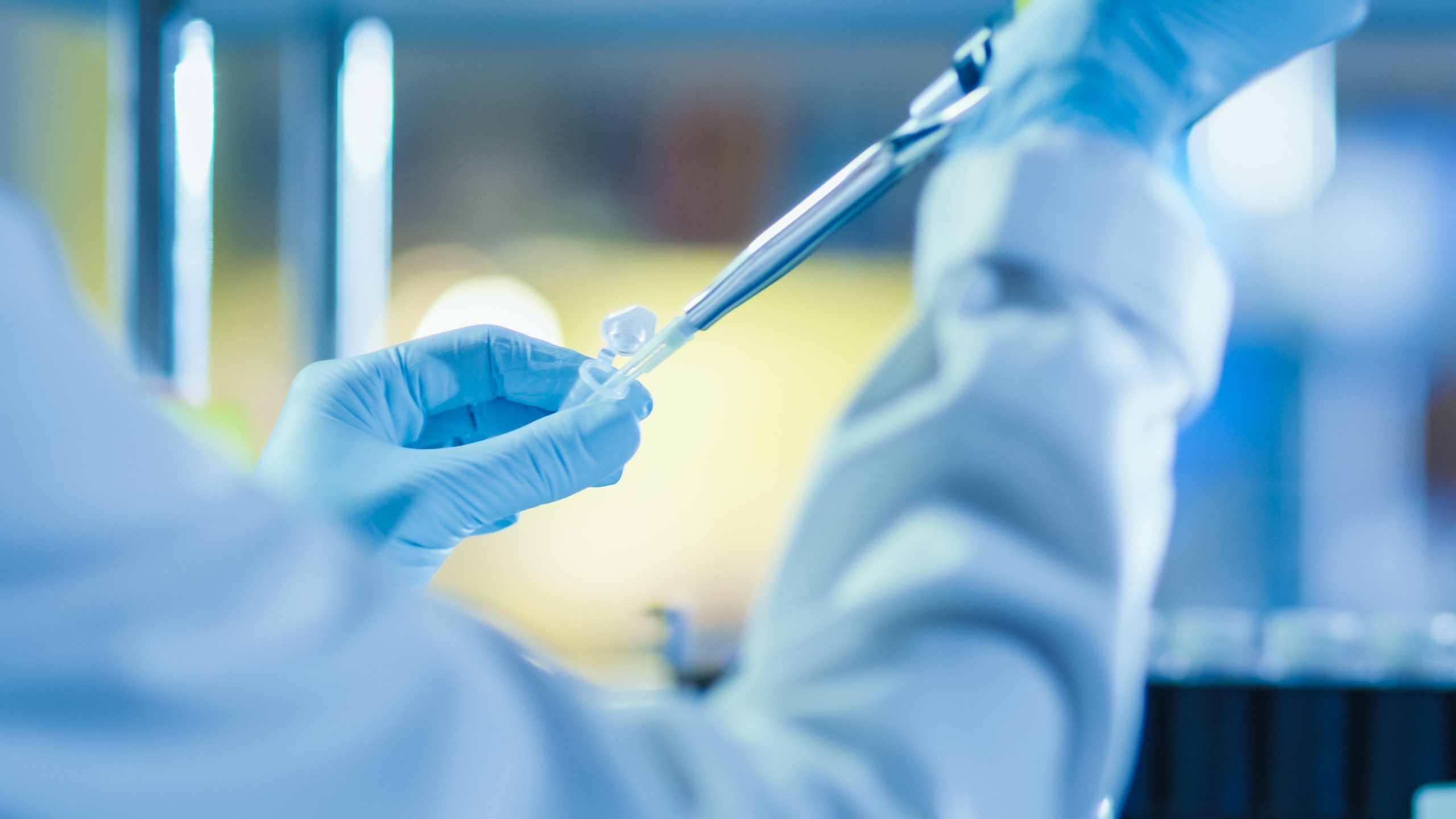
Clinical laboratory testing isn’t something newly developed in the era of the COVID pandemic. You have been a patient throughout your life, and I can guarantee there has been a laboratory test performed on you at least once, if not every time you are seen by a medical doctor. Hippocrates, in early 300 BC, was noted to use rudimentary tests on human fluids. However, just over a century ago the first clinical laboratories appeared in modern countries such as the United Kingdom and the United States. Lab tests were developed in response to the demand to know more about diseases. For example, in the UK, the Infectious Disease Notification Act, passed in 1889, requiring all cases of infectious diseases to be reported. Other countries, all wanting to protect their public’s health, also began to develop ways to identify diseases more accurately.
The clinical laboratory will continue to develop and advance, all while being governed by independent entities such as the Clinical Laboratory Improvement Act (CLIA) under the Centers for Medicare and Medicaid Services and the College of American Pathologists (CAP). CLIA is the minimum proficiency testing regulations a clinical laboratory must meet, while CAP accreditation is the next tier a lab can apply for. New York State Department of Health is another certification a laboratory must achieve when they want to perform tests in NY. These agencies inspect and ensure clinical laboratories and the lab results they produce must meet the expectations set. For example, the Clinical Laboratory Improvement Amendments of 1988 was enacted to improve pap smear results among other tests.
The history of the clinical laboratory is essential to help understand that there are standards in place so you don’t have to guess about lab test quality; you can be assured that test results are accurate, or as accurate as they can be, based on the collection method. So why has the medical profession used clinical laboratory testing for over a century? One answer, a clinical laboratory result report provides a common language for medical professionals to communicate about their patients to other colleagues.
Dentistry is now part of that interprofessional communication. During my time as a clinical dental hygienist, I often encountered patients who needed surgical clearance requested by their medical doctor before undergoing a knee replacement. I often wondered if my reduction of their clinical signs was enough to provide that clearance. Given the circumstances at the time, it was the best I could do with the resources I had.
Fast forward to today, dentistry is paralleling itself to the medical community by adopting routine clinical laboratory testing. Adding oral diagnostics to your patient care is a simple place to start. Reports such as OralDNA® Labs’ MyPerioPath®, Alert 2™, OraRisk® HPV, OraRisk® Candida and OraRisk® Caries can elevate your patient care. Connecting the oral-systemic dots is easy when a lab report accompanies clinical signs. Collaborating with other healthcare professionals is less burdensome when there is a common language, diagnostic lab results, bridging the gap.
- Practicing Dental Medicine: The Partnership with a Clinical Laboratory - December 13, 2024
- Olympic Spirit: Achieving Gold in Healthcare - August 16, 2024
- The Winning Team: The Healthcare Provider & The Clinical Laboratory - April 12, 2024

